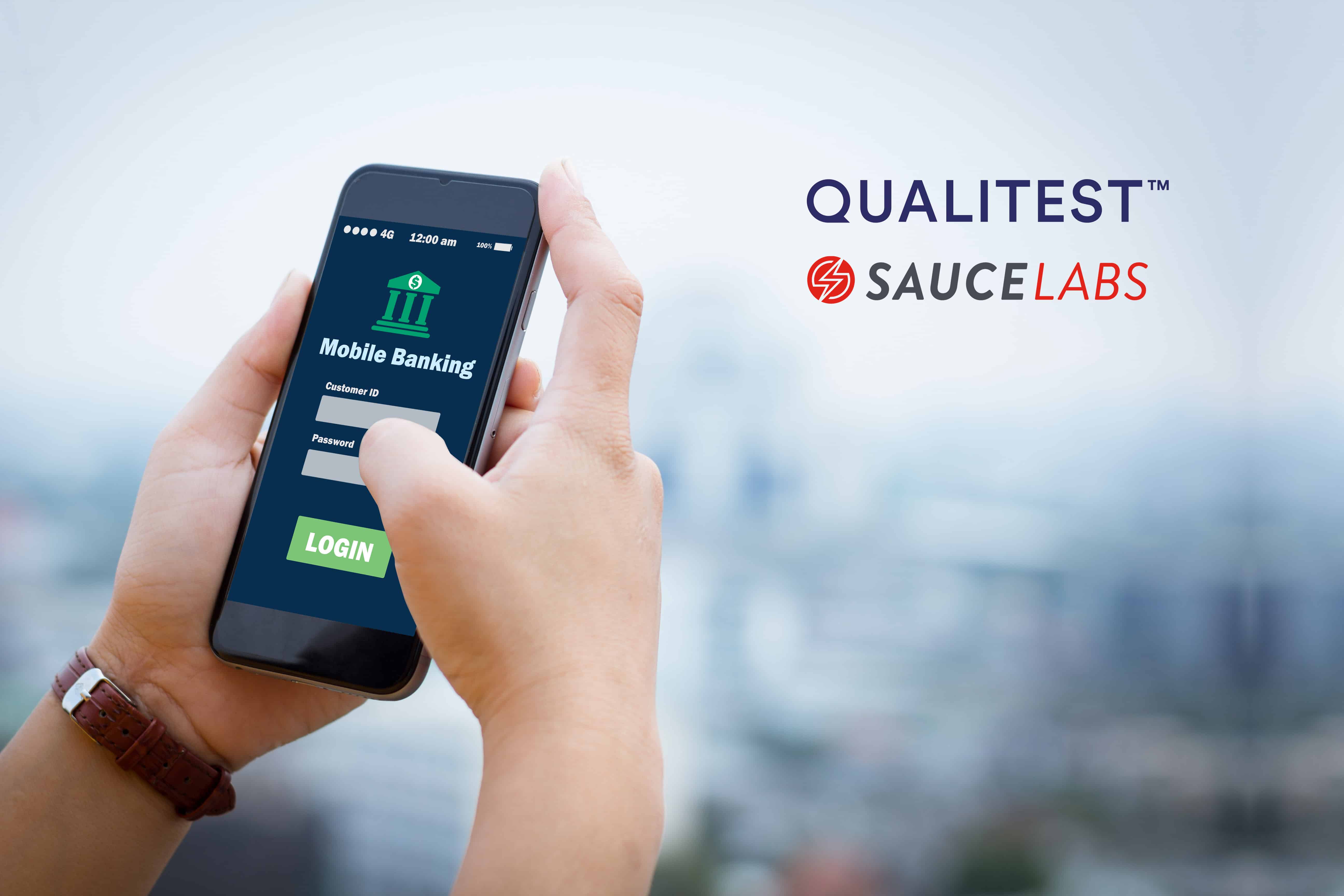In collaboration with our partner ![]()
Client overview
The Client is one of the most recognized brands in US financial services having established itself over decades. Global expansion has followed and today its commercial lending products and payment services enable millions of merchants worldwide to run their businesses; to explore new markets, to power fin-tech companies, and to help build brighter financial futures. The Client was an early adopter of mobile banking and aims to remain at the forefront of innovation not just in the US but globally.
Pushing the boundaries of possible in mobile banking
As a global leader in financial services, the Client already had an on-premise mobile cloud solution. However, this could not scale up to support geo-location and performance validation needs across all devices and OS platforms.
Broadly, they want more, faster, and better functionality like next-gen payments, authentication with face- and touch ID, geolocation-enabled mobile services, camera image injection for cheque depositing, and other emerging FinTech. They also had one very specific goal. To achieve consistency in mobile app performance and UX globally in spite of variations in local mobile bandwidth conditions.
“They had one very specific goal. To achieve consistency in mobile app performance and UX globally in spite of variations in local mobile bandwidth conditions.”
For example, say their user is in the Australian outback, a Middle Eastern desert or somewhere else in the world where there’s no- or patchy mobile internet of sub-1G that hardly connects. They wanted to know how to improve the mobile application’s performance in these low bandwidth zones. Further, they wanted to understand their app’s behavior in such conditions. Would, for example, part of the page load and the remaining page get stuck or crash? Or could the application be adapted to be robust enough to understand the network speed and continue loading?
The existing cloud solution did not have the capabilities necessary for this sophistication, so they faced inherent challenges using it for global scale. This was the pretext upon which they needed to migrate the foundation of their mobile banking application. Only doing so would ensure user experience was consistent no matter where the end user was situated globally.
“From the outset, a strategy for rollout and data maintenance was required spanning multiple and variable territorial, regulatory, and bandwidth landscapes.”
Hybrid cloud platform enables global consistency in mobile banking app
There was masses of complexity to be resolved within this deployment of a new global mobility solution. From the outset, a strategy for rollout and data maintenance was required spanning multiple and variable territorial, regulatory, and bandwidth landscapes.
The Client partnered with Qualitest to deliver a customized mobile cloud solution and our partner, Sauce Labs, to implement the Client’s transformation from their private cloud mobile banking platform to a new public/private hybrid cloud mobile banking platform. This upgrade in mobility cloud services enabled more efficient rollouts globally, with a dashboard view of variable local complexities driven by end-user device types and mobile bandwidths.
To mimic user experience for these low bandwidths (as well as for high bandwidth user experiences), we provided a network virtualization component. This included a clear strategy around mimicking application performance and usage based on personas of disparate global users, whether in Australia’s outback on less than 1G or the middle of Paris on 5G.
“This upgrade in mobility cloud services enabled more efficient rollouts globally, with a dashboard view of variable local complexities driven by end-user device types and mobile bandwidths.”
Sauce also implemented a fast, strong, secure, and consistent test environment for every browser, operating system, and emulated mobile device. Integration into their CI/CD pipeline greatly shortened feedback loops for team members and improved overall software quality. Global rollouts of applications are now possible, enabled by advanced testing across every possible Android or iOS version in the world across hundreds of device types.
Further localizations to the apps included iterations to comply with local territory regulatory conditions. There were also local language customizations that app instances needed to support. Then there were adaptations necessitated by global variations in local versions of major app marketplaces i.e. Google Play store and Apple App store.
Where before the Client had limited scalability, now they have capabilities driven by a combination of real physical devices with scalability for additional devices on the cloud.
Key Benefits
- Client gained an entirely new global system deployment with data globalization, network virtualization or throttling for different regions of the world.
- Precision performance consistency across global geo-locations, financial jurisdictions, and mobile network bandwidths.
- Advanced platform has laid the foundations for next-gen global banking digital technologies.
- Testing bottlenecks removed and scale at speed achieved with hundreds of consistent and reliable tests run each day in parallel across browser platforms.

